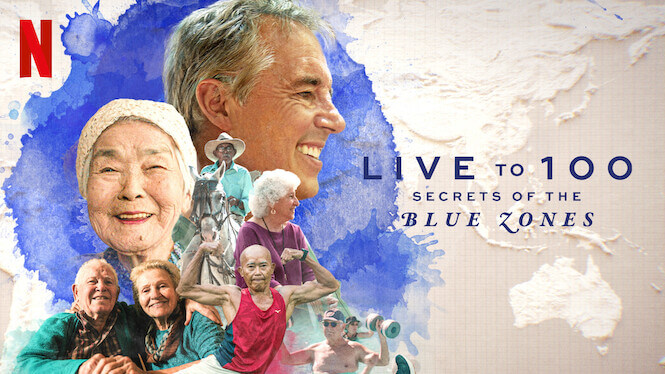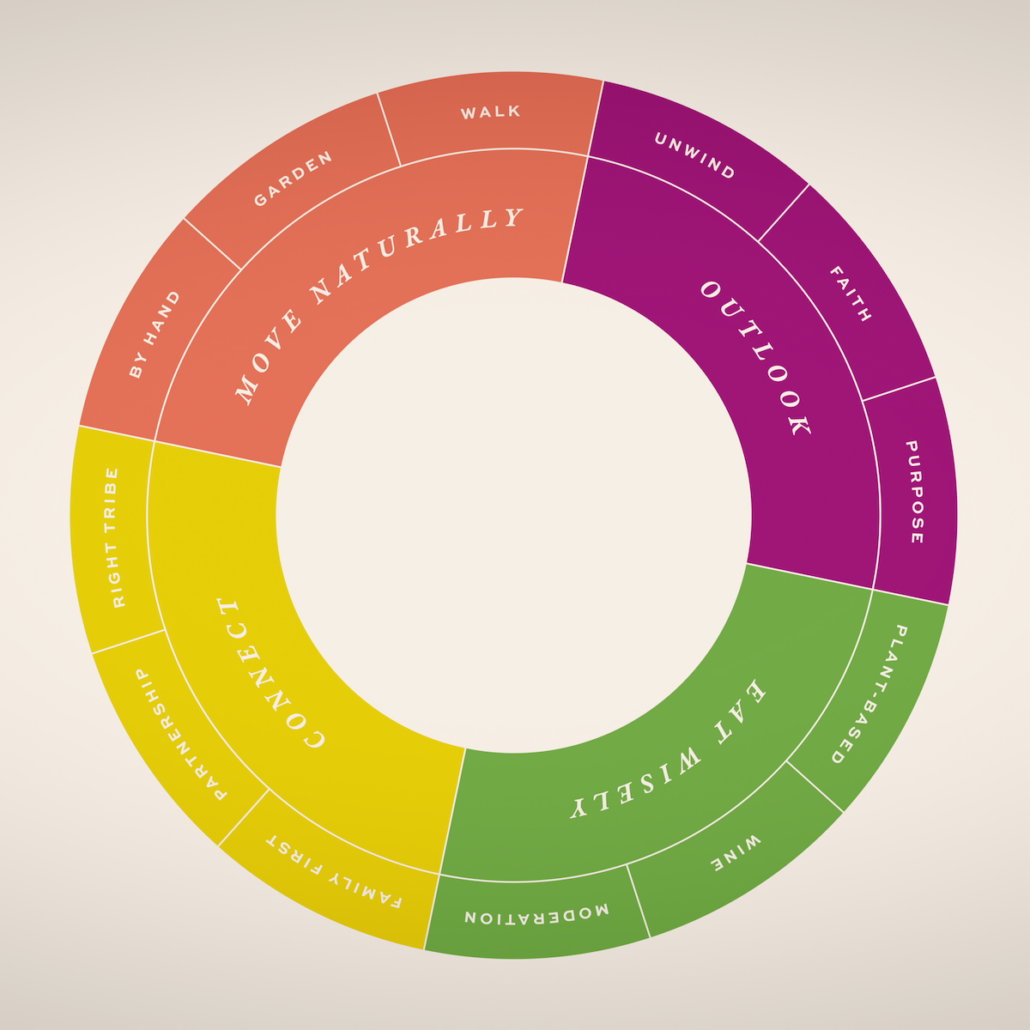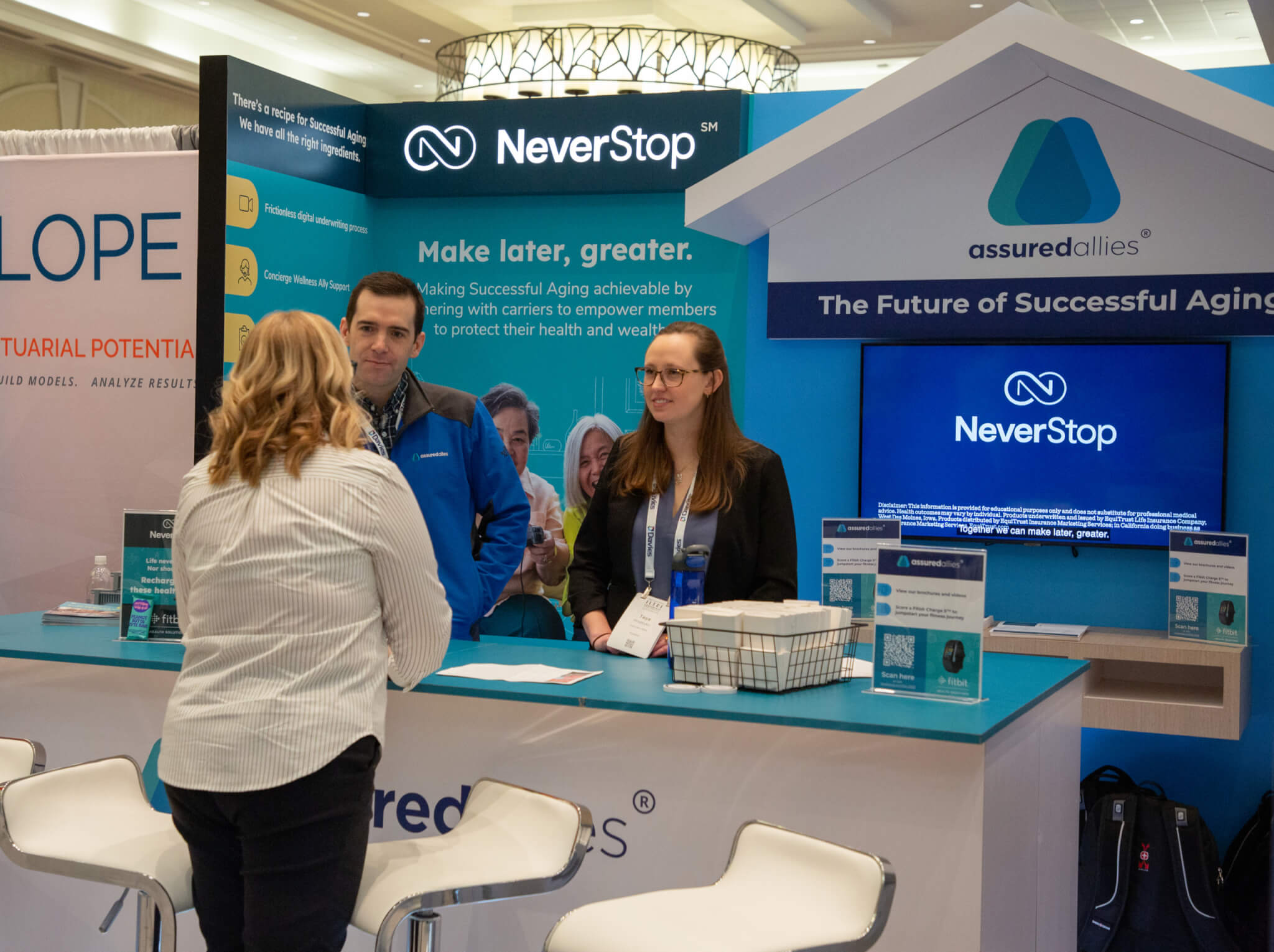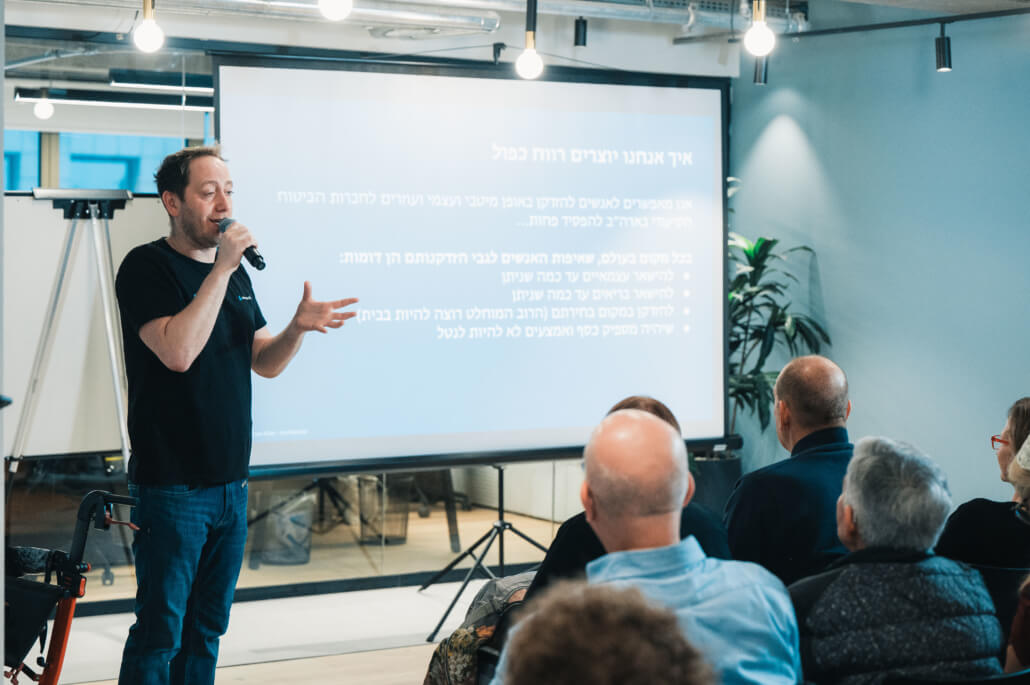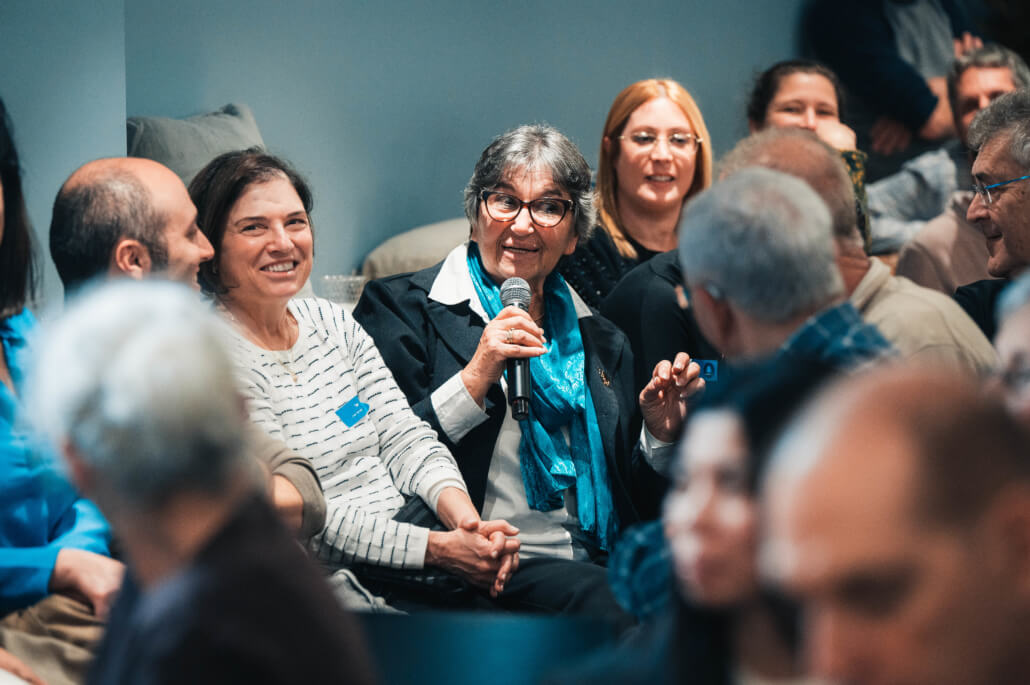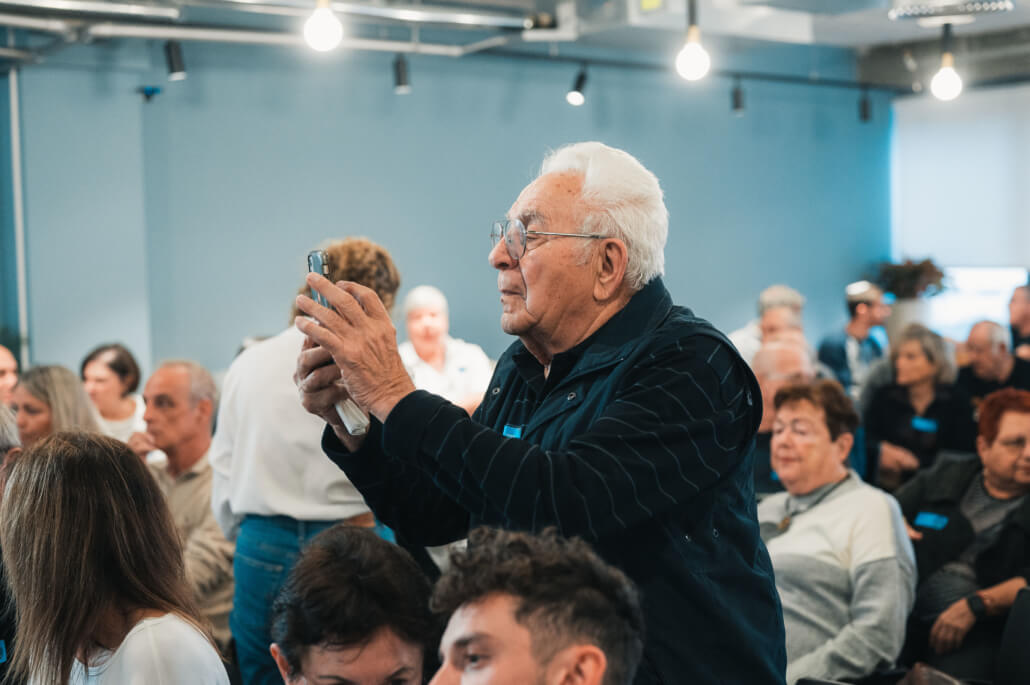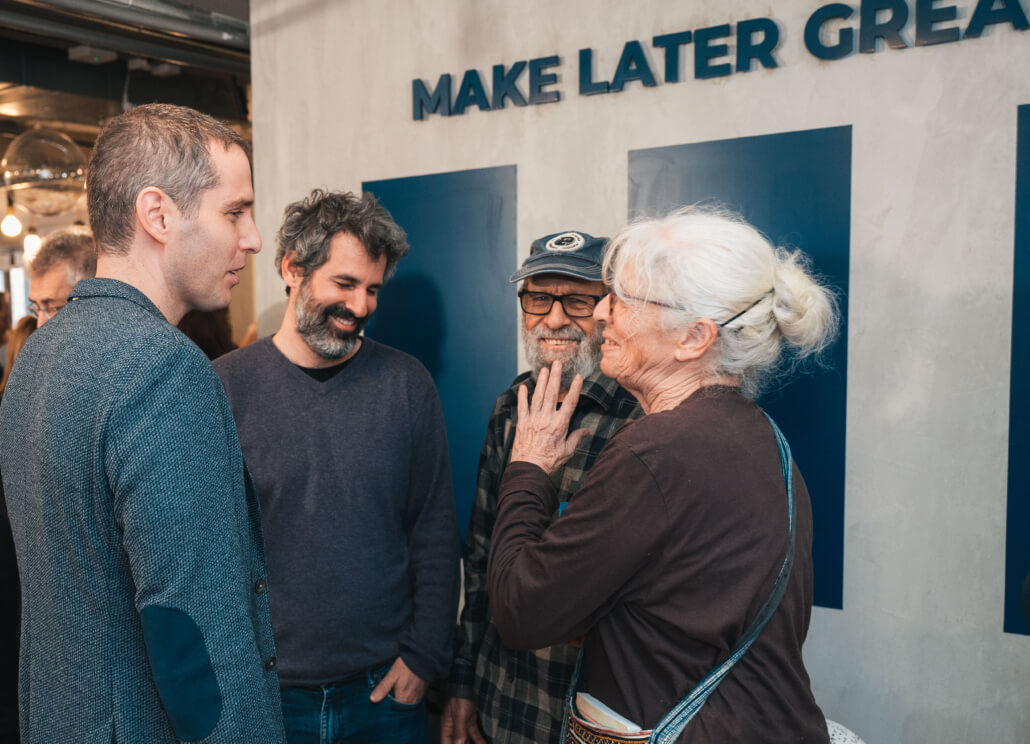For our annual holiday gift blog this year, we are handing the mic to two of our most experienced Allies, experts on aging who are an integral part of the teams that help thousands of our members thrive into their third acts and beyond. Our Allies know firsthand which devices are most popular, enhance members’ lives, and brighten their days year-round. Without further ado, let’s hear it from them!
Thrive-at-Home Gifts

By Morgan Pichel. With a background in case management and gerontology, Morgan is an Ally in our AgeAssured service, which helps long-term care insurance policyholders aged 65-85+ to live independently wherever they call home.
What I love most about my job is that I get to wake up every day and make a difference in people’s lives, no matter how big or small. I’m happy to spread the news about some of the most popular items we send to our members, which mean so much to them. All make great gift ideas for the older adult in your life, and they’re all fairly low-cost, too!
Long-handled reacher: When members have difficulty bending or reaching, I send them one of these. Members have told me the reacher is a “godsend,” especially for picking things up off the floor. One member even reported that he had one in every room of his house, and stopped worrying about falling as a result. $30 for two on Amazon
Nightlights: Whether battery-operated or plug-in, motion-activated nightlights make a huge difference in our members’ lives. Members report that they feel much more safe getting up in the middle of the night to go to the bathroom now that dark hallways and passages are automatically illuminated. $29.99 for 4-pack on Amazon
Lightweight vacuum: For older adults who have been lugging around a heavy, clunky vacuum for years, a lightweight vacuum is a huge upgrade. The Eureka we send our members is economical, weighs under three pounds, and maneuvers easily into hard-to-reach areas like couches and corners. Members report they actually look forward to doing their housework because their new vacuum is so easy and convenient to use. $39.99 for the Eureka on Amazon
Adjustable long-handled shoehorn: Members who have difficulty dressing their lower body and/or balance concerns love this adjustable shoe horn. They can continue to wear the shoes they love and put them on easily. $17.99 on Amazon
Pillbox: This easy-to-open seven-day pill organizer is a big hit for our members, allowing them to easily manage and track their medications. A few members have told me that they loved it so much they purchased additional ones! $10.39 on Amazon
Long-handled sponge/brush: Members who have difficulty reaching parts of their body when bathing really appreciate how this device helps them stay clean and fresh. Both the sponge and the brush feel good and stimulate the skin (the bristles are neither too soft nor too abrasive) and the curved handle is easy to hold and maneuver. $9.99 on Amazon
NeverStop Wellness Gifts

By Kasaundra Bennett, Kasaundra is an Ally in NeverStop, a wellness rewards program carried by select financial institutions to help their clients aged 55-75 prepare for a long and healthy life beyond retirement.
I love using my coaching skills and expertise to support our members on their wellness journeys. Here at NeverStop, it’s very rewarding to see our members reach their goals and discover the potential they have to age successfully long past retirement. Here are some gift ideas that our members really love, devices and apps that help them go further than they ever imagined!
Fitbit Charge 5: Our members love using this top-of-the-line non-smartwatch, which they receive as a complimentary welcome gift in our NeverStop Wellness program. Members use their Fitbit to track their activity, heart rate, sleep patterns, and more. It’s a great choice to support a loved one in your life with the gift of good health. You can also purchase a Fitbit premium subscription to go with the watch; our members get a two-year subscription. It provides access to several online workout videos, nutrition information, recipes, and more. $149.95 on Amazon
Calm app: Our member’s favorite Fitbit premium app is Calm, which helps with stress management and improved sleep. They love the app’s guided meditations, sleep stories, and relaxing soundscapes. Calm can be purchased separately; you don’t need a Fitbit watch. $69.99/year for a Calm gift subscription
Apple Watch: Many members use the Apple Watch to support their health and wellness goals. Like Fitbit, Apple Watch allows you to track your steps, activity, heart rate, and sleep. Some Apple watches also come with fall detection capabilities. from $399 on Apple.com
Hello Fresh: this popular meal delivery service takes the stress out of meal planning and preparation and saves you time. Fresh ingredients are delivered right to your door with instructions on how to prepare a delicious dish. This is a great way to get started on your health and wellness goals in this busy world we live in! Members have also found that this service helps with their weight loss goals. Gift cards from $75 and up at Hello Fresh
